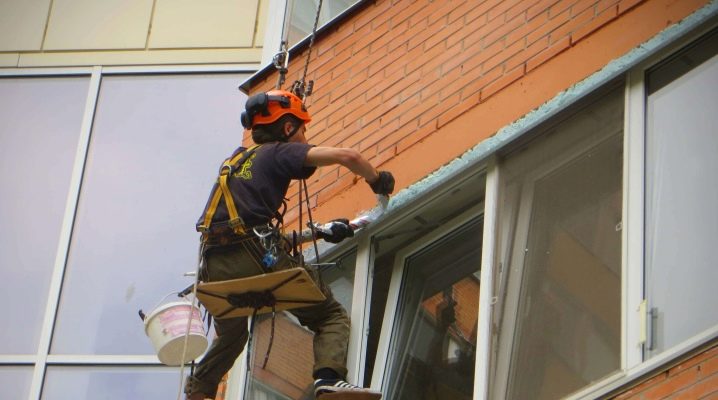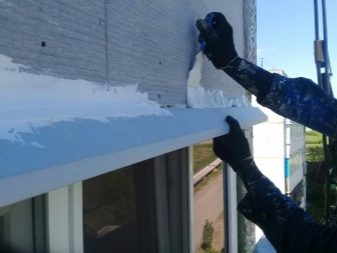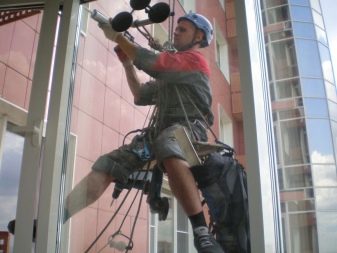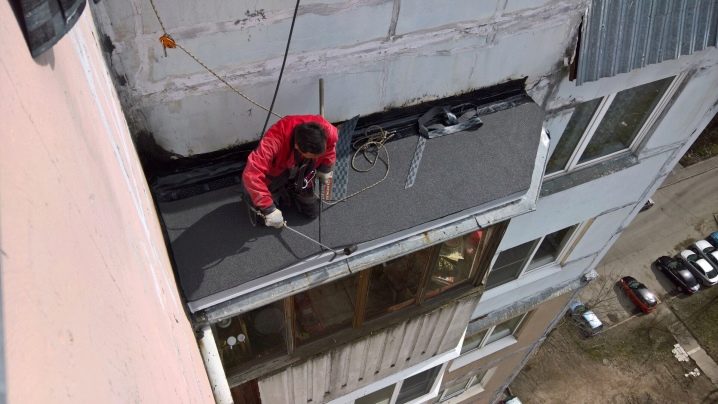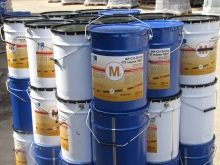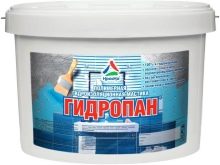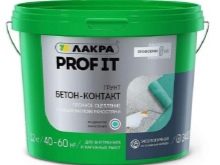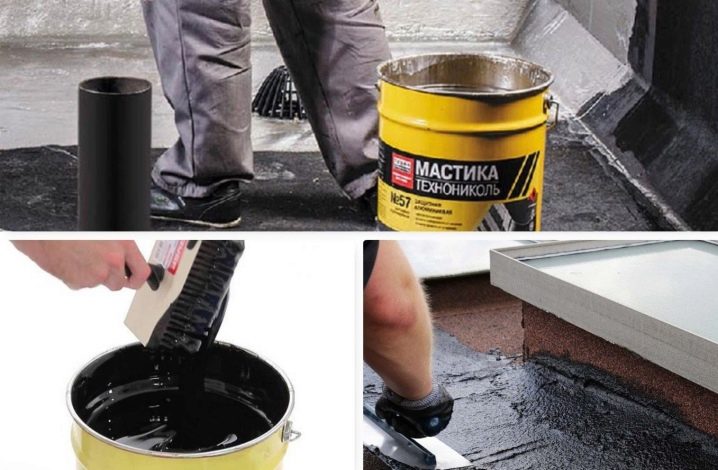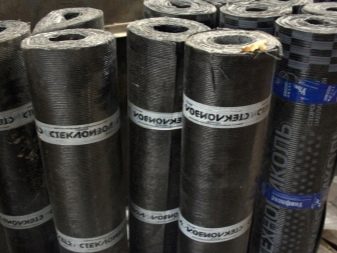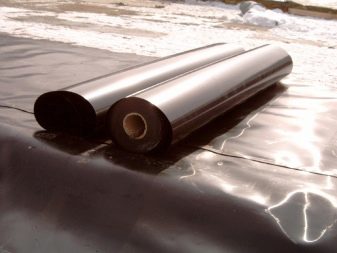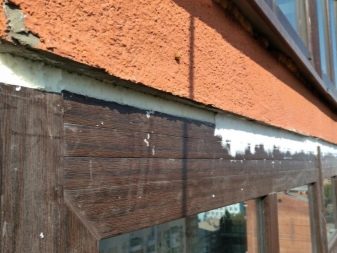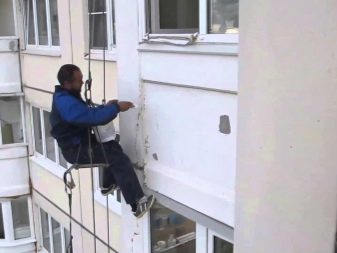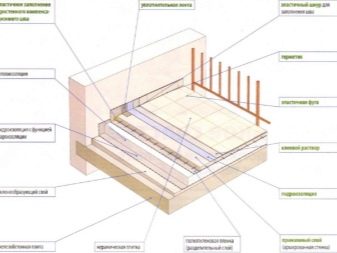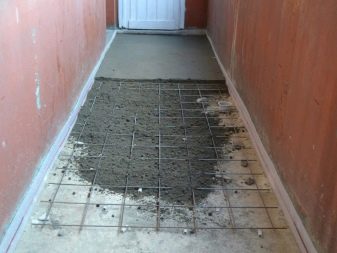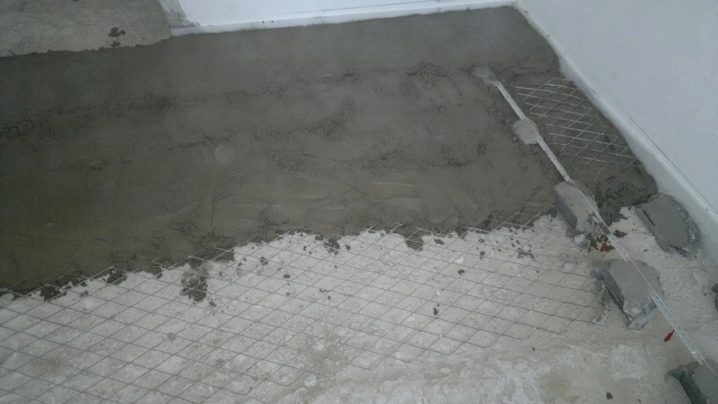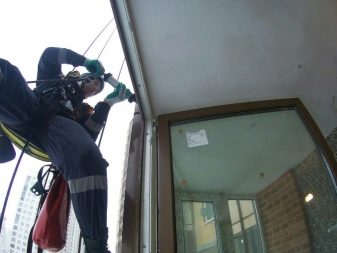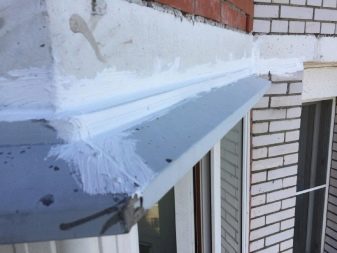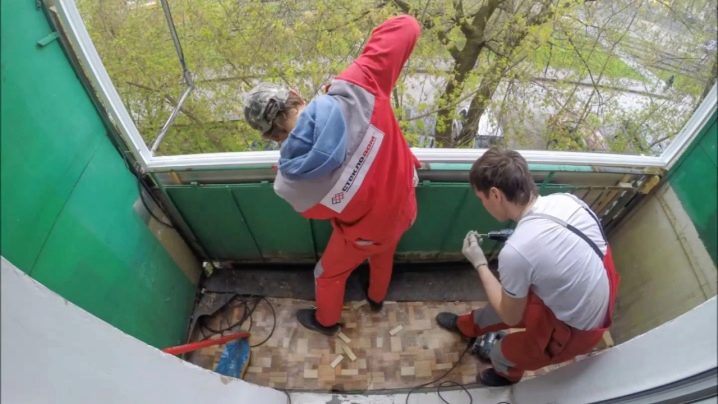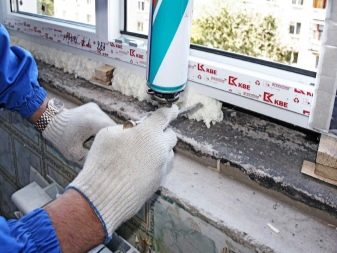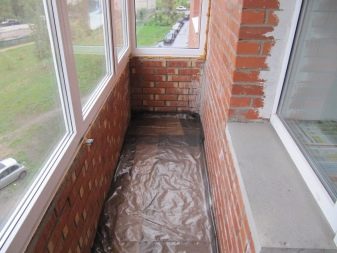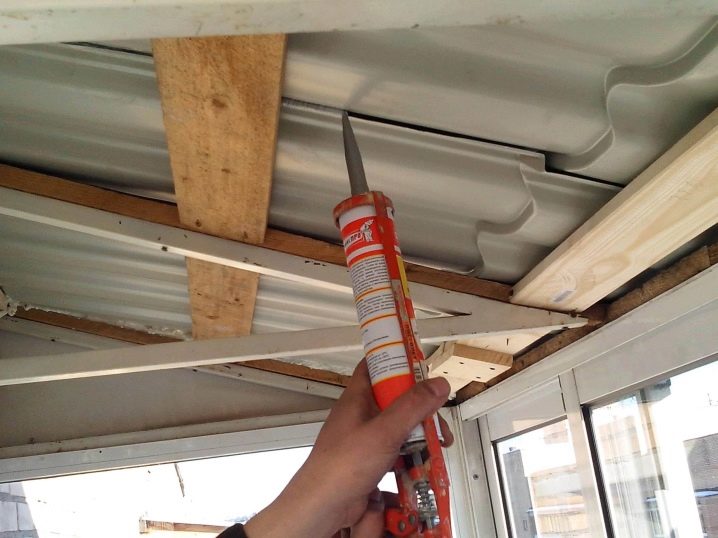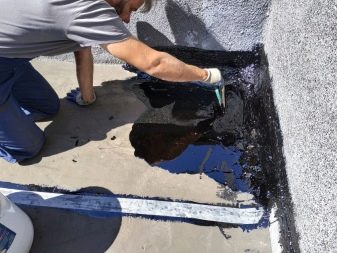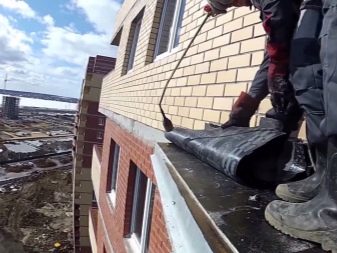All about sealing the balcony and loggia
Today, a balcony or loggia is practically not used as an attic as before, when all unnecessary things were stored in this room. Each owner carries out renovation and finishing work here in order to turn the room into a comfortable place where you can have a cup of tea or work on a laptop in complete silence.
However, this is not enough to simply renovate the premises or give it an attractive appearance. When creating the most comfortable conditions, it is necessary to pay close attention to waterproofing the balcony from the inside, as well as its maximum sealing. Otherwise, in the future, this can bring considerable financial losses, which will be caused by damage to materials and furniture.
What is it for?
Waterproofing is designed to provide reliable protection of building materials and structures from the negative effects of water, which leads to the destruction of the structure of materials.
The use of waterproofing coatings is most important for the upper floors, which are most exposed to water due to adverse weather events.
A high-quality sealant allows you to eliminate leaks from the outside without consequences for the materials themselves.
Materials used
There are a huge number of materials on the modern market that can be used in the process of sealing and waterproofing a balcony. Each of them has its own distinctive features and advantages, and the choice depends not only on the financial capabilities of the owner, but also on the features of the location of the balcony. Among the most popular and demanded today are the following.
- Polymer... A distinctive feature of these materials is that they are made on the basis of polyurethane. It is famous for its high elasticity, which is why it is included in most of the sealants on the market.
- Elastic coating. Developed on the basis of bitumen. They can be used as a waterproofing layer under roll-type roofing materials.
- Roll... This option is also considered the best solution for roofing made on a bituminous basis. Due to their unique properties and design features, such materials are able to provide a high degree of waterproofing even in the most unfavorable regions.
Preparation
In order for the work carried out to be of the highest quality and durable, it is necessary to pay close attention to preparation. It is usually carried out in conjunction with the renovation of the balcony. First of all, you need to inspect the surface to visually determine in which places can water flow and penetrate into the room.
If such problems have already been observed in the past, then on the ceiling you can see stains from dried liquid, traces of mold and other similar problems. It is these places that will need to be processed in the first place. In addition, it is necessary to define areas on the side of the sub-slab that also need to be waterproofed. In the process of looking for places like this, you can also try to find areas that are crumbling and fortify them.
When carrying out repair work, it is imperative to check the slope of the balcony slab. It should be at least 3 degrees from the wall of the house.
This circumstance must be paid close attention, and if the slope is not enough, then it should be done, since this can negate all the work on sealing and waterproofing.
The screed is of utmost importance, therefore it is best to use the highest quality materials.... For this, a mixture of cement and sand is kneaded and laid out on the surface of the slab. It is necessary to distribute it in such a way that the layer near the wall is slightly larger.
Experts advise to pay attention to the organization of expansion joints, especially in places where the tile meets the wall of the house. If the balcony is of sufficient length, then it will also be necessary to make forced seams near the slope of the slab, which will provide additional safety against the negative effects of moisture.
How to seal a balcony?
The process of carrying out works on sealing and waterproofing must be given close attention, because the durability and the effectiveness of such manipulations depend on the quality. The design of the balcony should also be taken into account, because it is she who is of paramount importance in the choice of the method of sealing.
Open
The main disadvantage of the open design is that it has to cope with all the surprises that the weather presents.... If there is no drain on the bottom slab, the fence is incomplete, then moisture will constantly accumulate on the balcony, which can have a negative impact on the integrity of the structure. It should be noted that it is necessary to seal the seams and gaps in balconies with open structures even if water is not observed anywhere.
It is quite difficult to choose a sealant for such a room, because it is constantly exposed to negative weather influences.
It is best to give preference to elastic and durable materials that are resistant to weathering. All such details should be processed with high quality, paying close attention to the last floors. If polyurethane foam is used, then after drying it is imperative to use a small layer of sealant, which will become additional protection for the balcony.
Closed
If the balcony is glazed and insulated, then this greatly simplifies the sealing processes, since such rooms very rarely let water through. However, it is still necessary to carry out additional finishing of ebb and flow to make sure that moisture will not enter the room.
Polyurethane foam, which is actively used in the glazing process, is sometimes characterized by its inability to withstand ultraviolet rays, so it is best to additionally process it with special sealants.
A rather weak point is also considered to be the gaps between the screen and the wooden elements that are located under the window frame. Here it is advisable to use the most elastic sealant, which is famous for its ability to withstand any negative weather conditions.
Sealing the roof
Made of metal
If the roof is created on the basis of a metal frame, then it is quite simple to carry out sealing work here, since this material is able to withstand almost any negative atmospheric factors.
First of all, it is necessary to carry out processing of the inside, using for this purpose special means for sealing the joints between sheets of material for the roof... Only after the material has been laid, you can proceed to the use of waterproofing agents.
In order to ensure reliable protection of the joint between the roofing material and the wall of the house, it is best to use foam, which, after drying, fills all the cracks and is able to provide a high level of safety from moisture. If you want to guarantee maximum efficiency of the sealant use, you can use a strip of aluminum, which also provides perfect sealing of the room.
Concrete
If the roof of the loggia, which is made of concrete, is being sealed, then it is necessary to take care of creating a slope from the wall in advance.
This is done in order to ensure the independent drainage of water in case of rain.
Thus, the roof sealing process is as follows.
- Laying a layer of vapor barrier, which is necessary in order to ensure the sealing and insulation of the balcony.
- The use of insulation materials, which is extremely important for premises that are located in harsh regions.
- Creating a cement screed when using bituminous materials for waterproofing.
- Laying roll roofing materials... It should be noted that roofing material is considered the most effective, which has already managed to prove its reliability and durability when used as a waterproofing material.
- Laying the edge strip, which can be attached using ordinary self-tapping screws. This must be done in such a way that she can partially capture the material for the roof.
Thus, the process of sealing and waterproofing the balcony and loggia is a responsible event that needs to be paid close attention. It is best to use effective materials that are able to provide a high level of protection of the premises from moisture.
When choosing a material, one should take into account the peculiarities of the region, the layout of the balcony, as well as the insulation used. If you approach this process correctly, you can create the most comfortable conditions for relaxing on the balcony.
For information on how to seal a balcony, see below.
